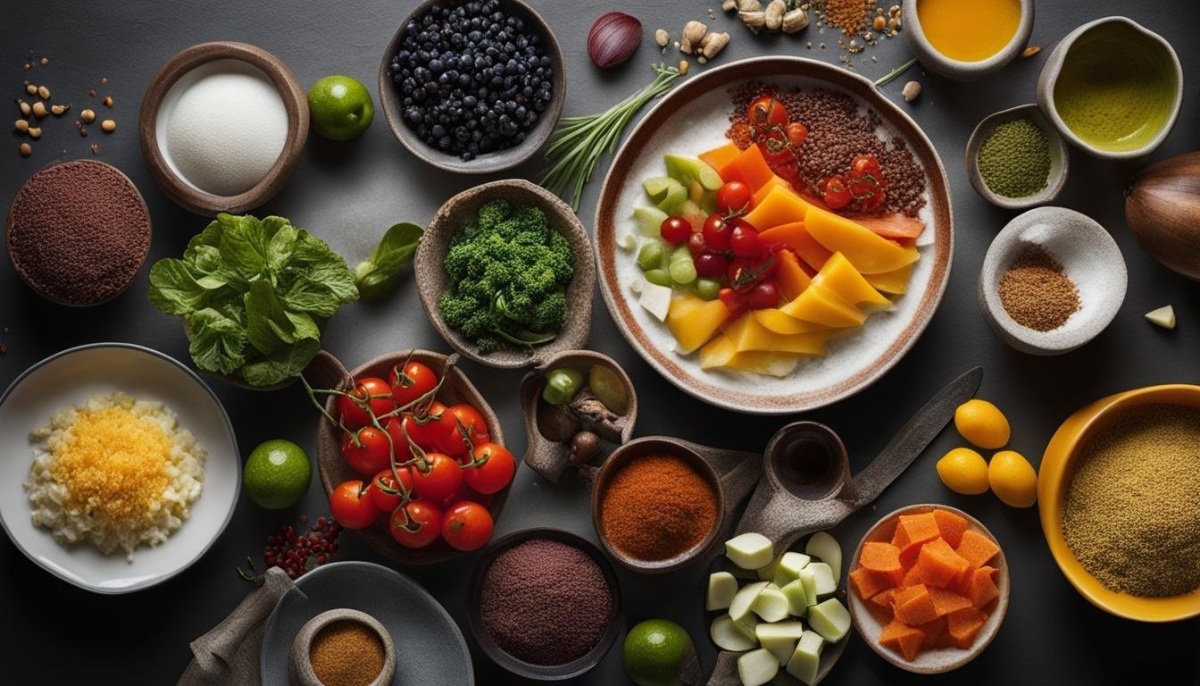
The global market for rheumatoid arthritis treatments is expected to grow at a CAGR of...
Learn More
Our consulting solutions address company specific challenges with respect to micro environment...
Learn More
Organizations frequently need day-today research guidancein order to gain strategic...
Learn More
Exploring different areas of market research and market analysis is a key factor...
Learn MoreAcute Market Reports presents the most extensive global business research services across industries. Our research studies focus on potential outcomes, benefits, and risks associated with each market segment across geographies. Having served our global clients for more than 10 years, our prime priority is to enable our clients in making well-informed business decisions through a data-driven, analytical, and uncomplicated research approach.
We provide access to the world's most comprehensive, analytical, and updated business intelligence services and solutions.




The food texture market is expected to grow at a CAGR of 6.2% during the forecast period of 2025 to 2033, driven by increasing consumer demand for natural ingredients, innovation in food processing technologies, and the growing popularity of convenie...
Read More
The global professional beauty services market is expected to grow at a CAGR of 6.5% during the forecast period of 2025 to 2033. Increasing urbanization, changes in lifestyle, a rise in the popularity of hair highlights, and an increase in salon visi...
Read More
The paper straw market has witnessed substantial growth in recent years, driven by a global shift towards sustainable and eco-friendly alternatives to plastic. The paper straw market is expected to grow at a CAGR of 21% during the forecast period of ...
Read More




